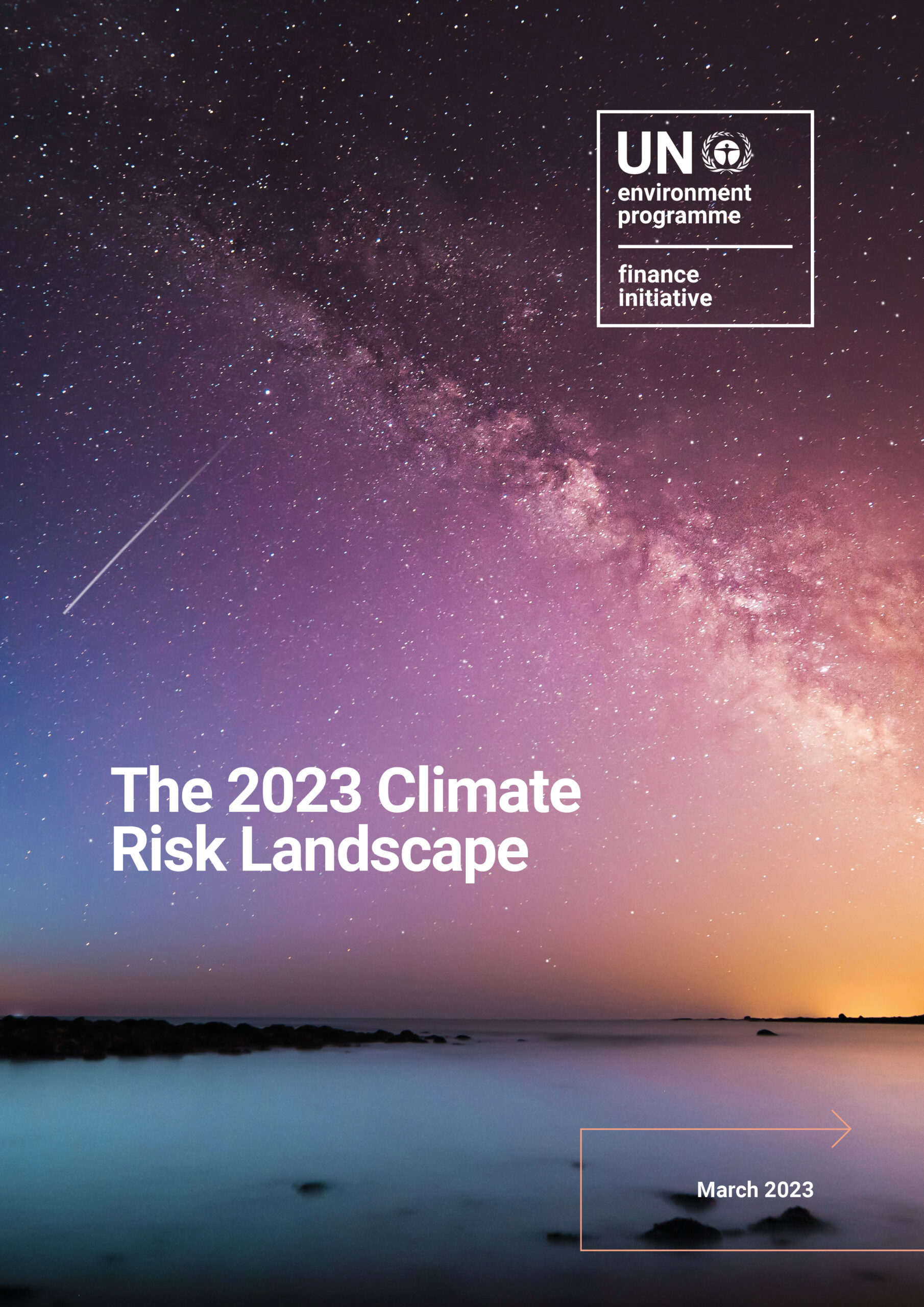By Günther Thallinger, Chair, UN-convened Net-Zero Asset Owner Alliance
Read media reports from COP28 currently underway in the United Arab Emirates and you get a mixed impression, with a tendency towards the negative. Too little is happening far too slowly and too many are defending their stakes.
Yet, there is some positive momentum. COP28 kicked off in Dubai by unveiling a series of ambitious initiatives encompassing energy innovation and nature conservation. Significantly, there were landmark commitments to the loss and damage funds designed to financially support developing countries dealing with the unavoidable impacts of climate disasters. These commitments reflect a unifying resolve to confront climate change.
The looming threat of 1.5ºC global warming
Nevertheless, the global environmental outlook is increasingly dire. Presently, none of the G20 nations have policies in place that are consistent with the 1.5C target set by the 2015 Paris Agreement. That historic agreement, signed by 195 countries, pledged to limit global warming to “well below” 2C by the end of the century and “pursue efforts” to keep warming within the safer limit of 1.5C.
A report launched at COP28 by eminent climate and social scientists warns that overshooting 1.5C is “fast becoming inevitable.” In 2023, the Intergovernmental Panel on Climate Change (IPCC) estimated a 50% probability of the world crossing the 1.5C mark by the mid-2030s. A new analysis suggests we could reach this threshold as early as 2029.
High stakes and global impact
The stakes at COP28 are extremely high. While the progress achieved so far is laudable, it represents merely the beginning of what’s required to avert the worse effects of climate disaster.
COP28’s success will be measured by substantial progress towards the Paris Agreement’s goals within this decade. There’s a critical need for deeper, more impactful measures to emerge from Dubai with substantial advancement.
The spotlight is now on Sultan Al Jaber, the President of COP28. The importance of Al Jaber’s role in steering agreements across critical sectors like energy, nature, and finance cannot be overstated. He also needs to respond strongly to the Global Stocktake, which evaluates progress on climate action at a global level. The Stocktake shows we must accelerate emissions reductions, adaptation and resilience, and nature regeneration within the 2020s. This is the moment for courageous leadership and decisive action.
Financial pathway to achieving climate goals
There needs to be more focused efforts to foster a conducive environment for achieving COP28’s goals, including enhancing and redirecting both public and private finance, with developed countries taking the lead.
Additionally, assigning a tangible cost to carbon emissions and tripling investments in renewable energy are crucial steps. It’s encouraging to see a broad coalition rallying behind this agenda, as evidenced by a recent open letter advocating for a significant course correction at COP28.
However, simply increasing renewable energy investment and improving energy efficiency, while essential, are not alone sufficient. The agenda must also include phasing out fossil fuels and developing carbon removal capabilities. According to the International Energy Agency’s net-zero pathway, reducing fossil fuel use is a priority.
We must change the trajectory of global warming – first by cutting down absolute CO2 emissions and then aiming to halve them by 2030. Inspirational initiatives like the UN-convened Net Zero Asset Owner Alliance show emission reductions in investment portfolios can be achieved.
The Alliance’s 87 members, representing nearly $10 trillion in assets under management, are setting interim targets, aiming for CO2 reductions of 22-32% by 2025 and 40-60% by 2030, signifying a significant push towards climate-positive change. For the members of the NZAOA, efforts to limit global warming to 1.5C are consistent with effective and proportionate climate risk management.
Final call for decisive action
As COP28 draws to a close, it’s crucial to remember that tools such as carbon pricing and targeted subsidies remain viable and can be effectively employed. Governmental carbon pricing is a necessary part of the climate policy toolkit required to achieve net-zero emissions and reach the Paris Agreement goals. Carbon pricing provides a broad incentive for decarbonisation, driving emissions reductions where they are most cost-effective. It makes emitting more expensive, incentivising firms to invest in abatement technology and reducing consumer demand for emissions-intensive goods.
Although subsidies might look like a measure intended to balance social inequalities and offer relief for poorer households via cheaper food and energy prices, the opposite is often the case. They disproportionately benefit wealthier households, perpetuating energy inequity. They also divert vital public funds from potentially more impactful investments that focus on reducing our reliance on fossil fuels, infrastructure, social protection, and healthcare, all of which could offer greater benefits to those in poverty.
Eliminating these subsidies could prevent 1.6 million premature deaths yearly, unlock USD 4.4 trillion in revenues, and propel us toward global warming targets. Subsidies intended as temporary crisis responses risk becoming permanent, maintaining our dependence on fossil fuels.
Al Jaber emphasised his respect for science in the first week of the summit. He, and the entire global community, know that more than good efforts are needed. Extraordinary measures are now necessary to avoid reaching deadly environmental tipping points. Since climate negotiations began in 1992, more carbon dioxide has been emitted from fossil fuels than in all of prior human history, with this year potentially setting a new emissions record.
The time for talk is over. For COP28 to be deemed successful, it requires action that aligns with scientific imperatives that can be turbocharged for unprecedented global transformation.
(Photo credit: Emma Harrisova)


